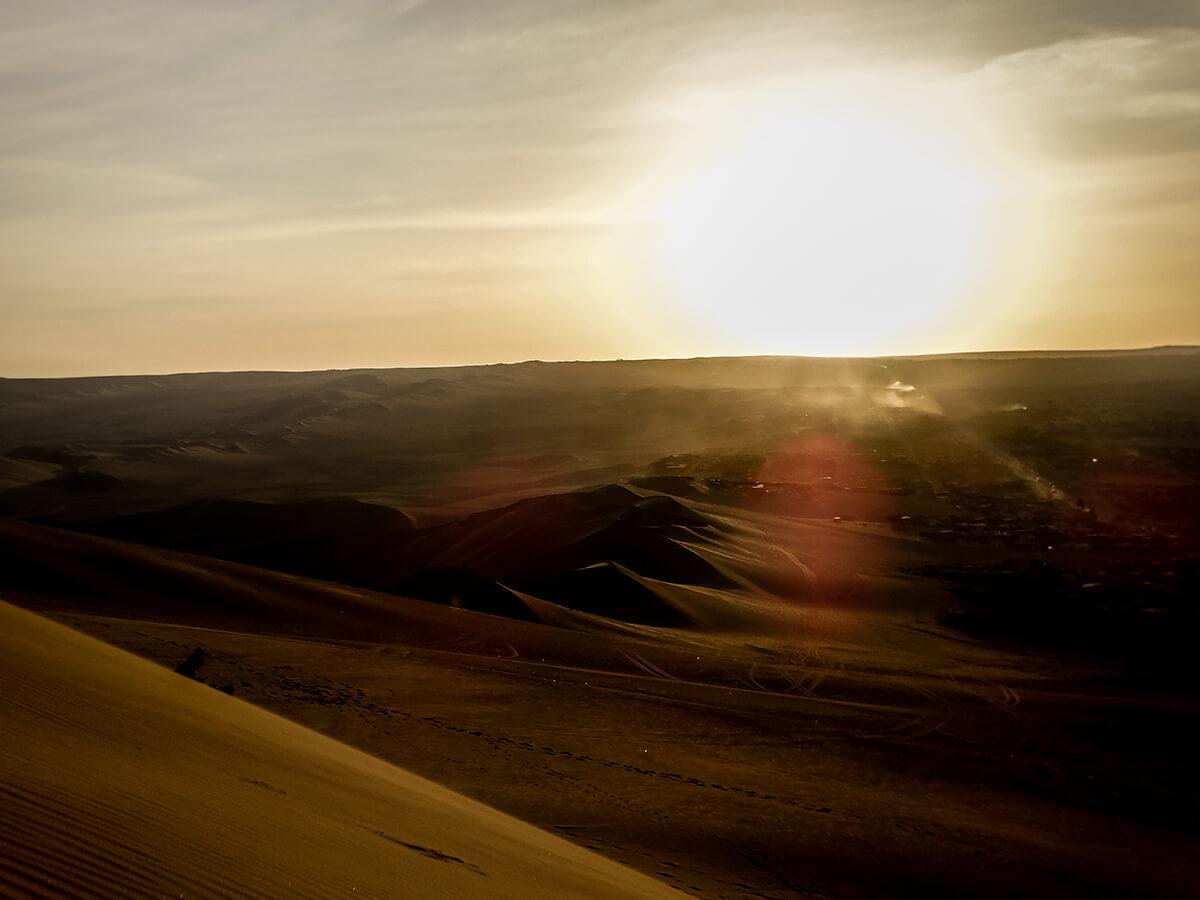The Nazca Lines mystery with centuries of history still remains unresolved today. Why are they there? What meaning do they have? What was its function? How old are you? Were the Nazca really the ones who made them?
Though the Nazca Lines are difficult to see from the ground due to their enormus size, some can be seen from nearby hillsides. It´s widely believed that the lines were first properly seen from an airplane, but they were “discovered” by archaeologists working near Cahuachi in the mid-1920s. American archaeologist, Alfred L. Kroeber was the first to describe them in 1926, but it was Peruvian archaeologist Toribio Mejía Xesspe who conducted the first extensive studies of the Nazca Lines around the same time. By the late 1920s, commercial planes began flying over the Pampa and many reported seeing the Nazca Lines from the air. It was not until American geographer and historian, Paul Kosok and his second wife Rose, flew over the Nazca drainage area in 1941, however, that the Nazca Lines became a widely known phenomenon in the United States and Europe.
The creative process
The dry desert plain acts as a giant scratchpad as the darker oxidized surface can be swept away to reveal the lighter, pale pink subsurface. Many of the shapes are made with one continuing the edges creating a dark border. Stylistic comparisons betweeen the figural Nazca Lines and images that appear on Nazca ceramics have helped establish their age.
Theories around
The Nazca Lines mystery have incited various scholarly and popular theories for their construction and significance. Kroeber and Xesspe, observing the lines from the ground, believed that they served as sacred pathways, Kosok, seeing the lines from the air, observed the sun setting over the end of one line on the day of the winter solstice and thought they must have marked important astronomical events. German mathematician Maria Reiche, who studied the lines and lived near them for decades, expanded upon Kosok’s astronomical theories. Modern scholars, however, have demonstrated that the lines alignment to celestial events occurred at a frequency no greater then chance. Other theories posit that they were made for earth, mountain, or sky deities, After Cahuachi was determined in the 1980s to have been a large pilgrimage center, the idea that the lines acted as a sacred pathway has gained new momentum. Another plausible theory suggests that the Nazca Lines marked underground water sources.
It´s the Aliens, of course
Popular theories have promoted the Nazca Lines mystery, including those who grant the merit to the Nazca Lines aliens. One influential author, Erich von Däniken, suggested in his 1968 best-selling book Chariots of the Gods (reprinted several times and made into a film) that these giant geoglyphs were created as landing markers for extraterrestrials. Proponents of this Naza Lines aliens theory claim that it is the most obvious proof of the existence of extraterrestrials on Earth, but archaeologists and other scientists have dismissed Nazca Lines aliens theories. The aliens deny them as well.
Nazca Lines Astronaut
It is called “Nazca Lines astronaut” because it looks like the image of a being wearing a diving suit on his head. It is on a hillside, while the rest of the drawings are on the plain. The Von Däniken theory is supported above all by the existence of the famous figure of the Nazca Lines astronaut, said they left the Nazca Lines astronaut on the side of a mountain that stands with his arm raised, but others, like already mentioned above, call this figure the man-owl or man-owl
Visiting the Nazca Lines
The best way to view the Nazca Lines is by air in small, low-flying aircraft. Local companies offer flights usually in the early morning, when viewing conditions are best. You can fly over several birds, a few fish, a monkey, a aspider, a flower, a condor, and/or several unidentified figures. While seeing the amazing Nazca Lines is a great experience, the sometimes questionable-looking airplanes with their strong fumes and pilots who seem to enjoy making nausea-inducing turns and twist make it an adventure for the strong in spirit (and stomach).
